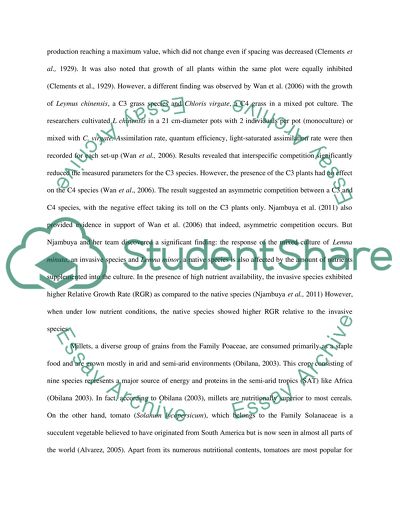Cite this document
(“(Ecology) Plant Competition Lab Report Example | Topics and Well Written Essays - 2000 words”, n.d.)
Retrieved from https://studentshare.org/geography/1417014-ecology-plant-competition-lab-report
Retrieved from https://studentshare.org/geography/1417014-ecology-plant-competition-lab-report
((Ecology) Plant Competition Lab Report Example | Topics and Well Written Essays - 2000 Words)
https://studentshare.org/geography/1417014-ecology-plant-competition-lab-report.
https://studentshare.org/geography/1417014-ecology-plant-competition-lab-report.
“(Ecology) Plant Competition Lab Report Example | Topics and Well Written Essays - 2000 Words”, n.d. https://studentshare.org/geography/1417014-ecology-plant-competition-lab-report.


